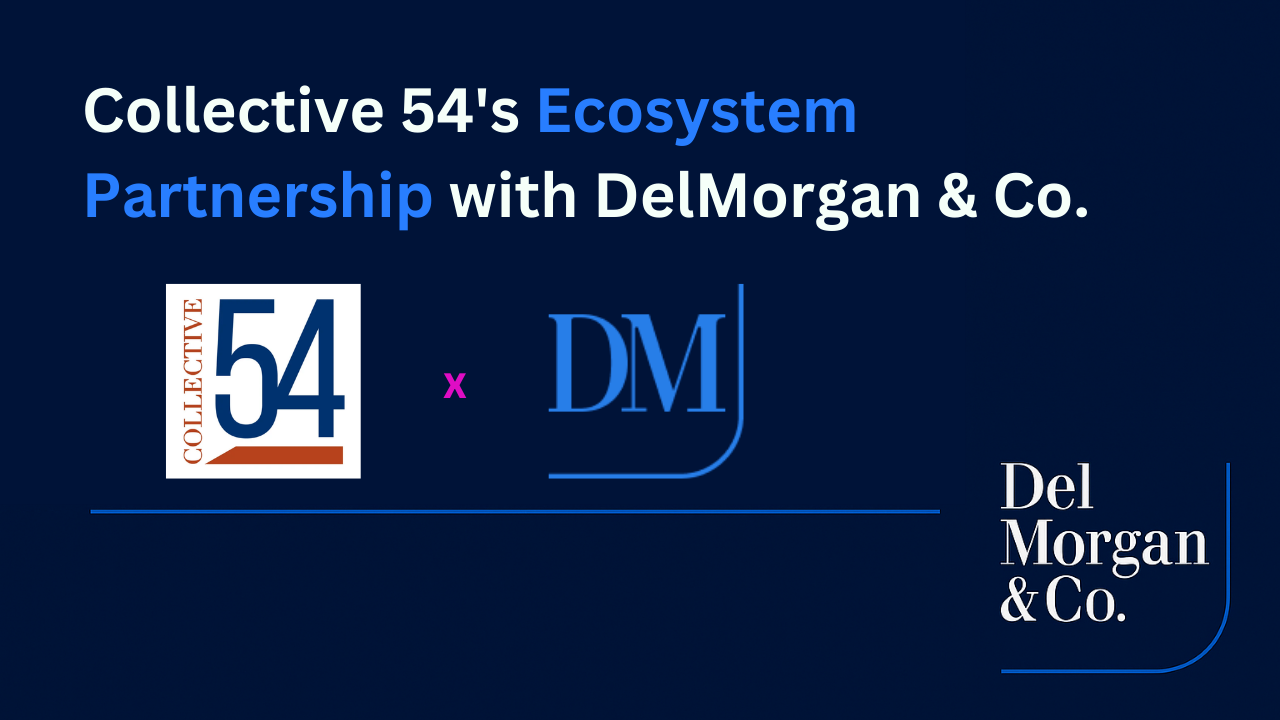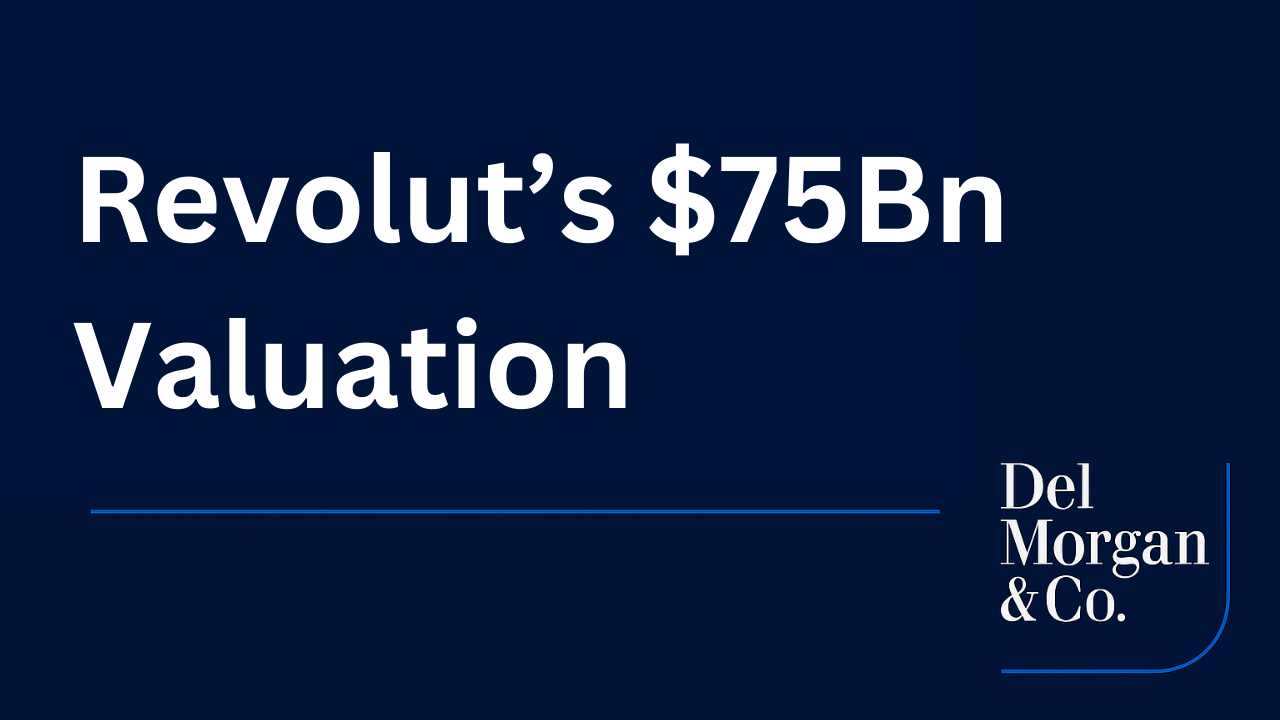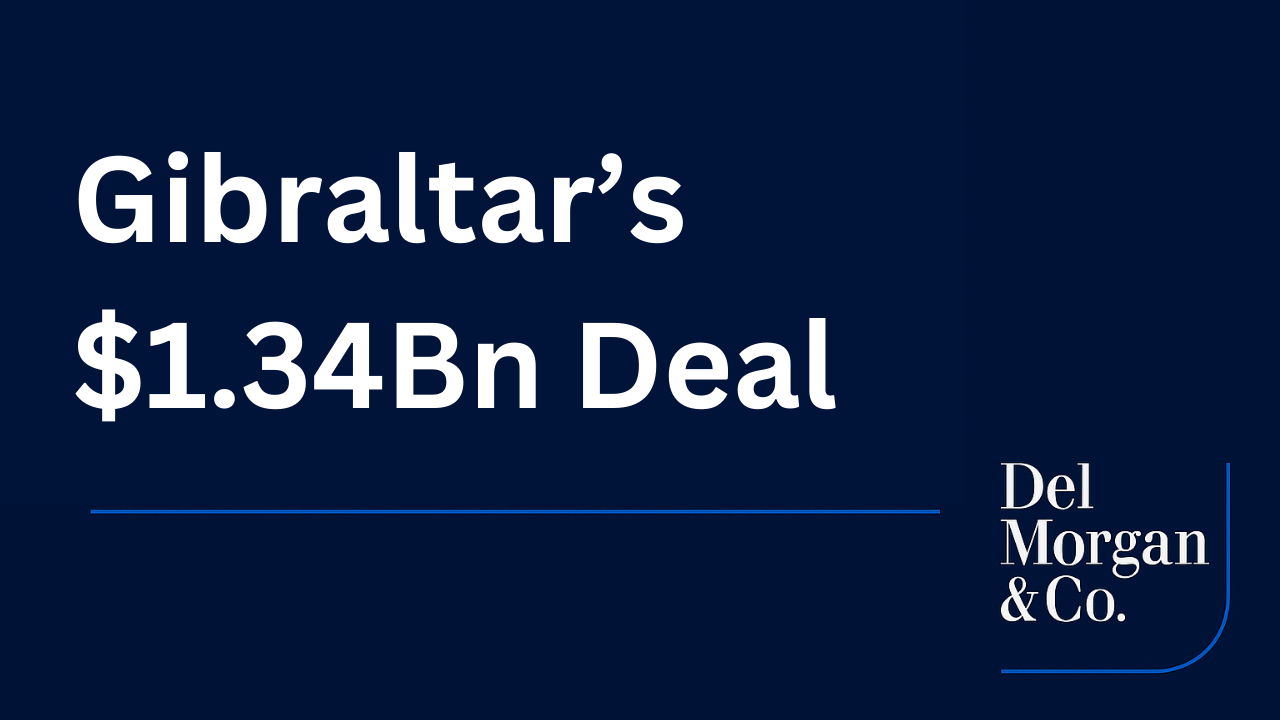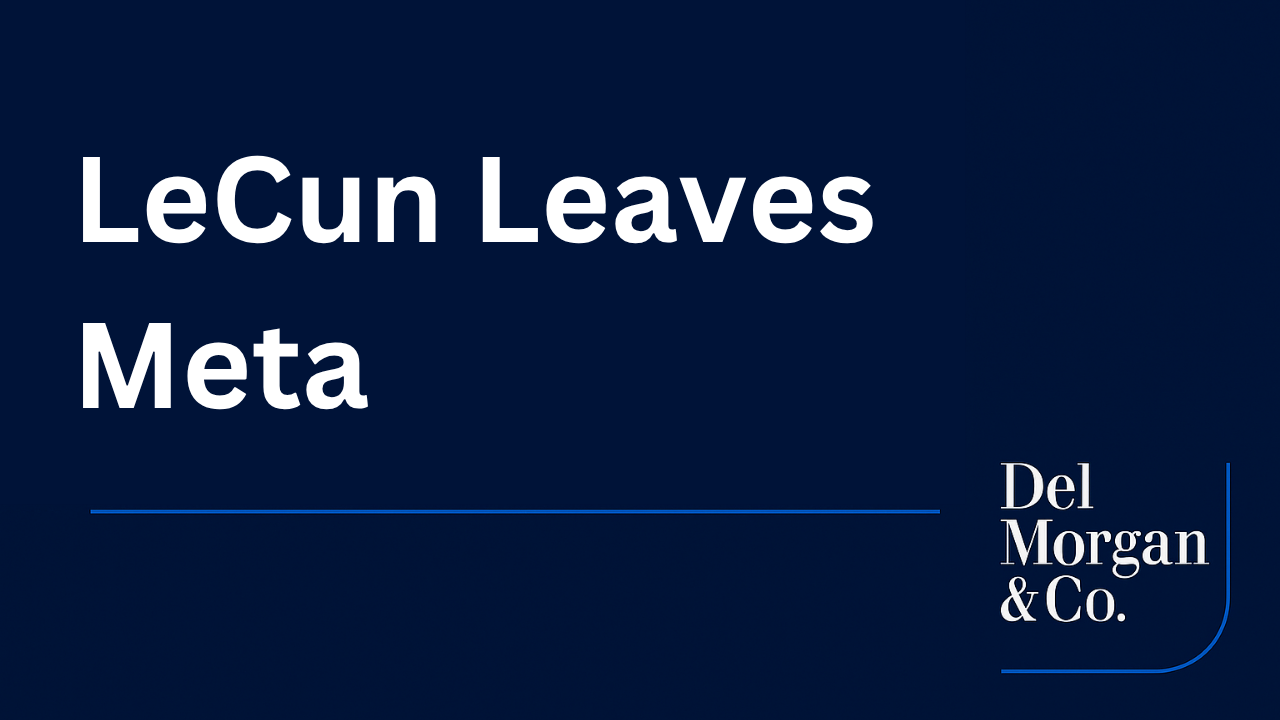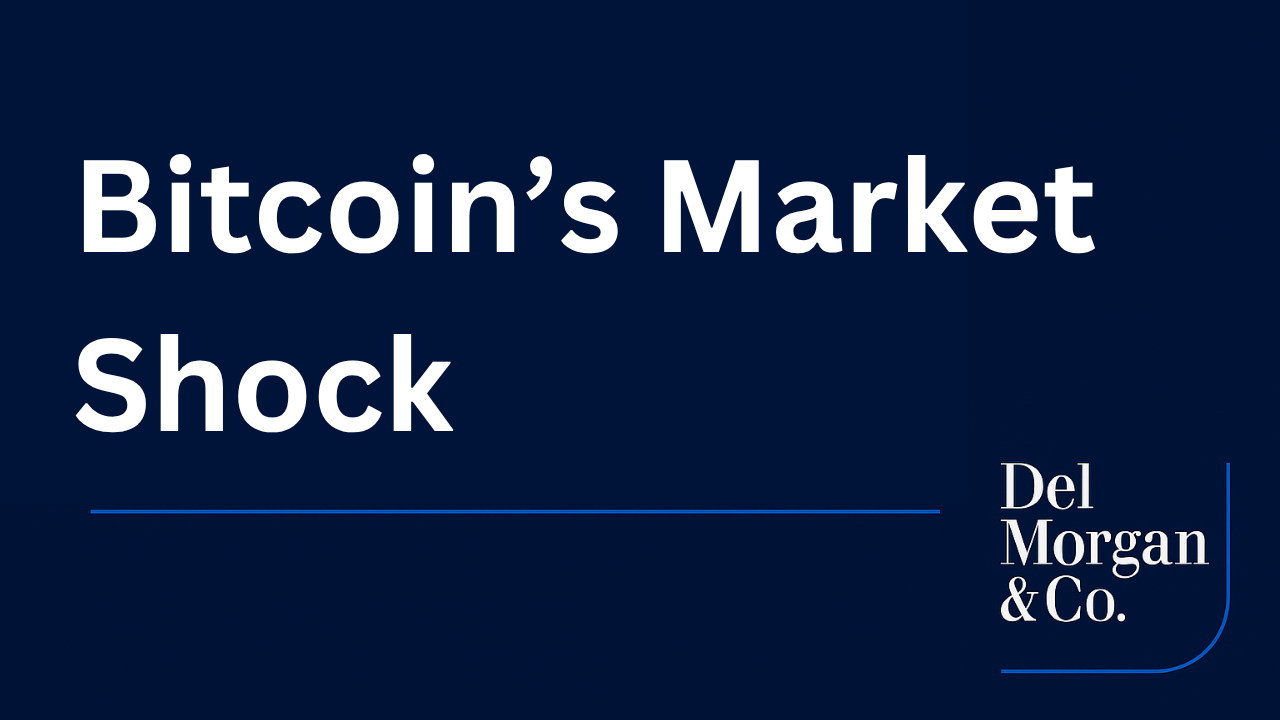Executive Summary
The global ecommerce sector is entering a new phase of operational and financial complexity in 2025, shaped by technological innovation, evolving consumer expectations and structural cost pressures. While secular digital adoption continues to drive growth, the industry’s value proposition is being redefined by challenges such as return fraud, discount dependency, duplicate product proliferation and the rise of resale and recommerce models. For corporate decision-makers and institutional investors, strategic priorities are shifting from scale to selectivity and from growth at all costs to efficiency with resilience.
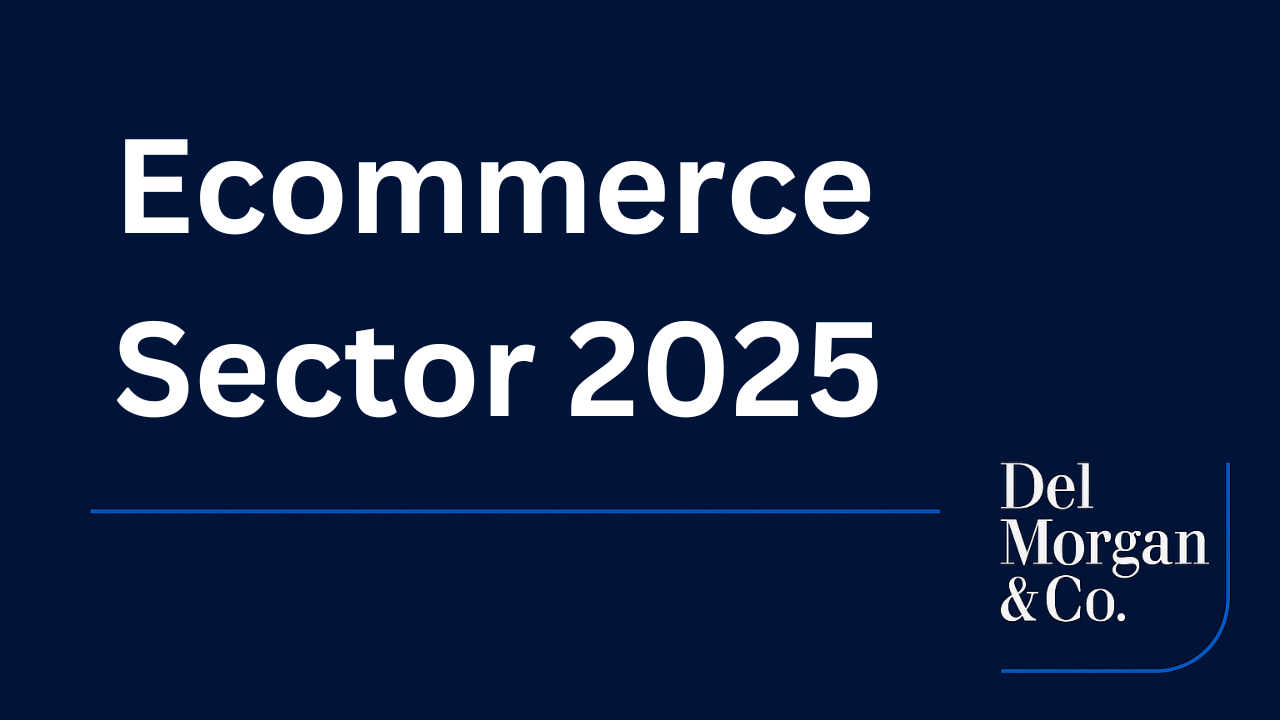
Return Fraud: Escalating Cost Pressures
The sharp escalation in return-related losses, particularly those linked to fraudulent activity, is a material concern for ecommerce operators. A joint study by Appriss Retail and Deloitte estimated that over $685 billion in merchandise was returned in the United States last year, with approximately $103 billion, or 15 percent, characterized as fraudulent. Practices such as empty-box returns, delivery disputes and deliberate short-term product usage prior to return are prevalent in categories such as apparel, electronics and cosmetics. Unlike traditional brick-and-mortar channels, ecommerce retailers face heightened exposure due to the absence of in-person verification, looser fulfillment protocols and increasingly automated refund systems. The financial implications are significant: return fraud compresses gross margins, increases reverse logistics costs, generates restocking expenses and elevates credit risk across consumer-facing platforms.
Promotional Behavior: Undermining Pricing Power
Ecommerce operators are grappling with persistent erosion of pricing power driven by discount normalization. Tools such as browser-based coupon extensions, automated deal aggregators and recurring promotional events such as Amazon Prime Day have conditioned consumers to expect pricing concessions as a standard feature of online shopping. While these tactics may temporarily boost volume, they often undermine long-term customer loyalty, dilute brand equity and create margin arbitrage opportunities for private-label or foreign competitors. Customer acquisition costs have risen markedly over the past two years due to intensified platform competition and advertising saturation, forcing management teams to reassess the marginal return on promotional spend from a capital allocation perspective.
AI and AR: Enhancing Engagement and Efficiency
Technological investment remains critical for ecommerce firms seeking to preserve competitiveness and protect margins. Artificial intelligence and augmented reality are increasingly integrated into the customer journey, enabling personalization, efficiency and operational leverage. Use cases include dynamic pricing algorithms, predictive product recommendations, natural language chat support and immersive shopping experiences that allow customers to visualize items in their physical environment. For instance, Guitar Center’s AI-based “Rig Advisor” provides real-time configuration recommendations for music equipment based on user preferences and performance needs. Across the retail ecosystem, these technologies are reducing return rates, improving conversion metrics and enabling refined segmentation of user behavior for marketing and supply chain optimization. However, substantial upfront investment, ongoing model training and robust data infrastructure weigh on near-term EBITDA margins and may create cash flow volatility without disciplined capitalization and forecasting.
Dupe Culture: Eroding Premium Market Share
The rise of imitation products, or “dupes,” accelerated by social media platforms such as TikTok and YouTube, introduces new revenue and brand management risks for premium operators. The dupe phenomenon involves viral promotion of low-cost alternatives that mimic high-margin branded goods, gaining cultural legitimacy among younger consumers prioritizing perceived value over brand provenance. For incumbent brands in beauty, footwear and apparel, the economic consequences include revenue displacement, elevated customer churn, increased retention costs and reputational dilution. In some cases, dupe-driven substitution extends into adjacent product lines, forcing brands to invest heavily in innovation, influencer partnerships and intellectual property enforcement, all of which increase SG&A burdens with uncertain incremental returns.
Resale and Recommerce: Unlocking Margins and Sustainability
The expansion of the resale and recommerce market presents a structural opportunity for margin-accretive growth. Recommerce, encompassing the resale or rental of pre-owned goods, is driven by consumer demand for affordability and sustainability. Historically tied to consignment or thrift culture, resale has become a mainstream retail channel, particularly among Generation Z and millennial demographics. Industry data indicates that over half of consumers purchased a secondhand item last year, with the U.S. resale market projected to exceed $70 billion in annual volume by 2027. For ecommerce platforms, recommerce diversifies revenue streams, improves inventory turnover and reduces customer acquisition costs through higher engagement among sustainability-conscious shoppers. Leading retailers are piloting internal resale platforms or partnering with third-party marketplaces to facilitate end-to-end secondhand logistics. This financial model is attractive, with lower cost of goods sold, reduced seasonality risk and higher contribution margins due to the absence of traditional manufacturing or wholesale input costs.
Strategic Outlook: Prioritizing Financial Resilience
These developments are reshaping the financial architecture of ecommerce at a fundamental level. Return-related losses and discount inflation compress operating margins, while investments in personalization and immersive commerce are strategic imperatives. The proliferation of copycat products introduces competitive pressures not fully captured by conventional market share metrics. Meanwhile, resale and AI-enhanced customer engagement offer potential levers for sustainable, high-margin growth, though they require new infrastructure, data governance and inventory control capabilities.
Looking forward, ecommerce companies demonstrating discipline in customer-level unit economics, sophistication in personalization technologies and transparency in fraud mitigation protocols will be best positioned to navigate an increasingly competitive and operationally complex environment. Investors and strategic acquirers should evaluate opportunities based on the defensibility of margin structures, the scalability of AI-led tools and alignment with value-oriented and sustainability-driven consumer behavior. As the industry matures beyond its post-pandemic acceleration, the winners in ecommerce will be those who grow with precision, efficiency and strategic foresight, underwriting innovation with technology and financial discipline.
About DelMorgan & Co.
With over $300 billion of successful transactions in over 80 countries, DelMorgan’s Investment Banking professionals have worked on some of the most challenging, most rewarding and highest profile transactions in the U.S. and around the globe. In the upcoming year we expect more high-quality deal execution for more clients and welcome the opportunity to speak with companies interested in potentially selling their businesses or raising capital.
